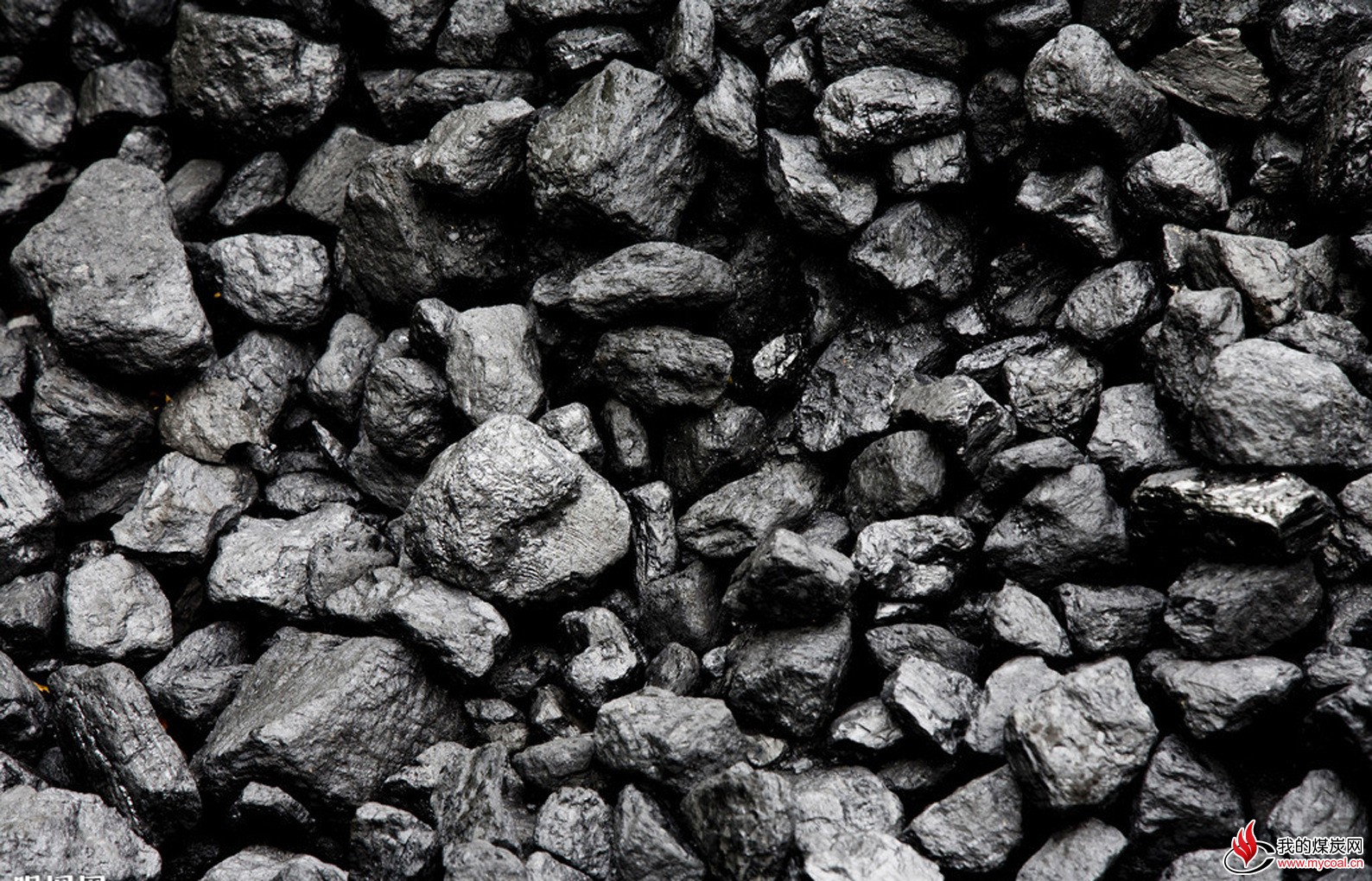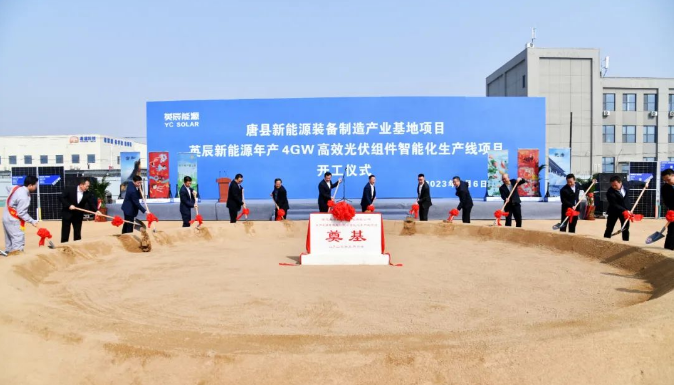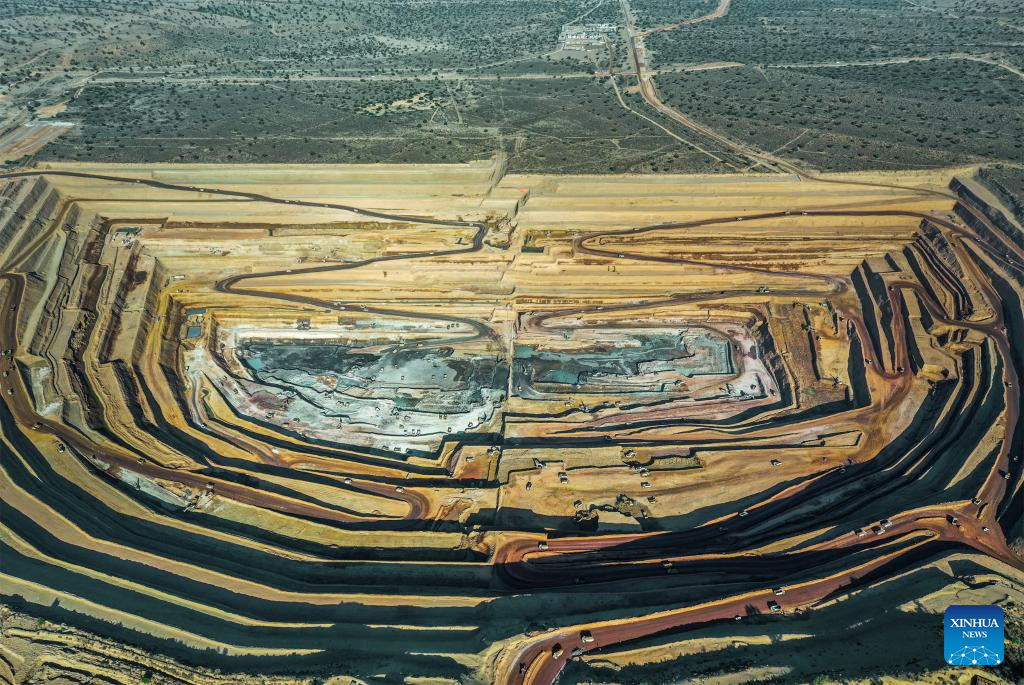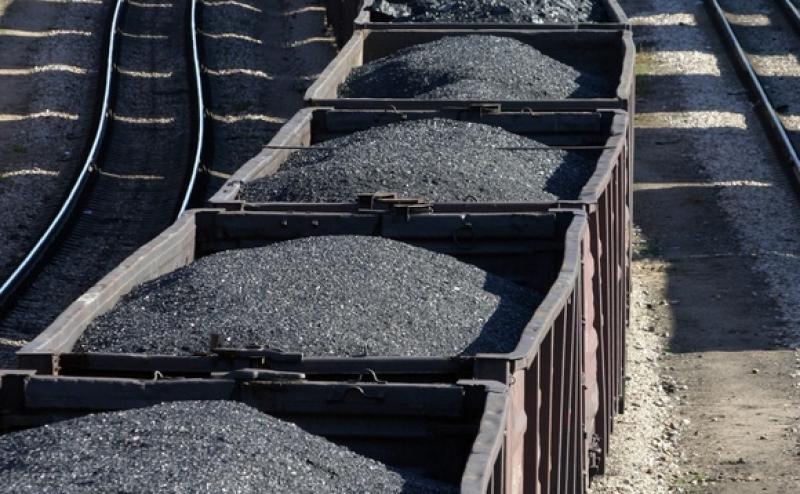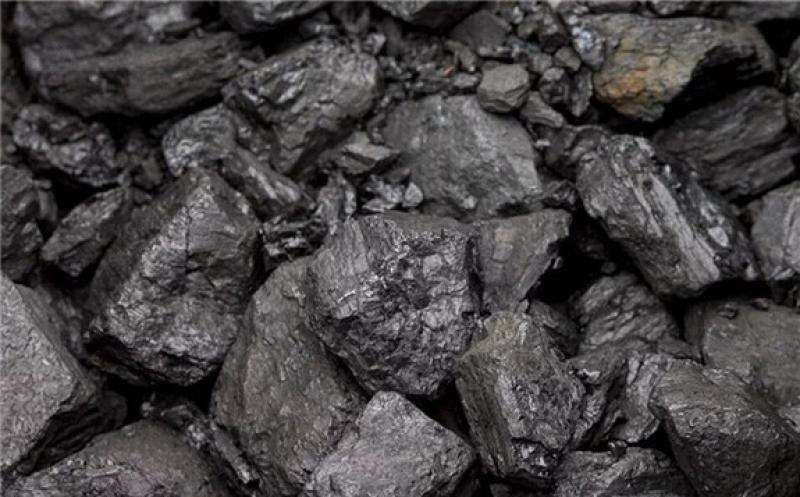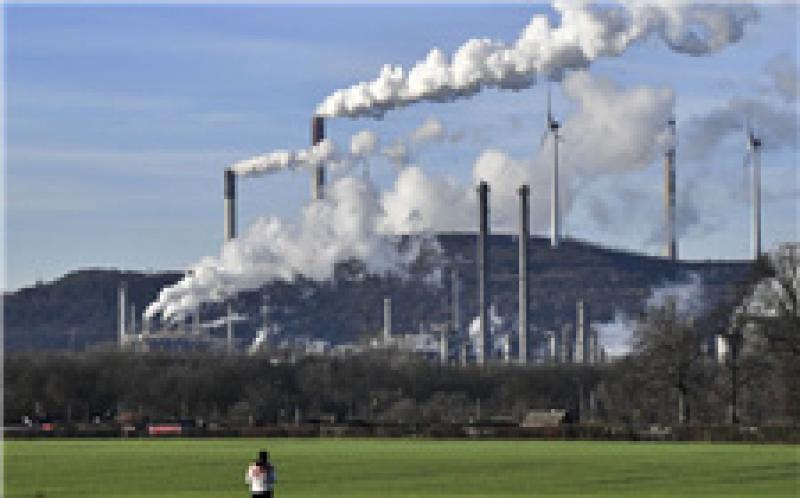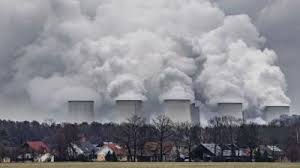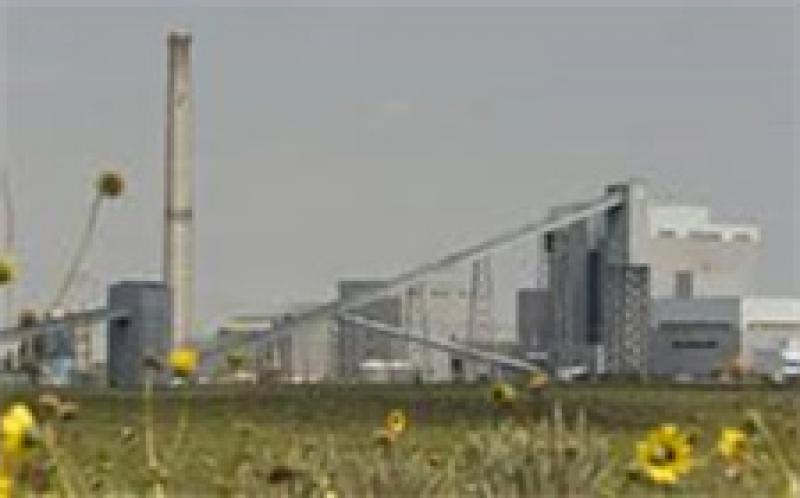On Dec. 10, the European Commission and a consortium of 19 partners launched the four-year XFLEX HYDRO (Hydropower Extending Power System Flexibility) project at the ongoing United Nations (UN) climate change conference (COP25) in Madrid, Spain. The €18 million ($20 million) initiative’s main goal is to increase hydropower’s potential in terms of plant efficiency, “thereby boosting electrical power systems and enabling plant and system operators to operate more successfully in electricity markets,” said Patrick Child, Deputy Director-General for the European Commission’s Directorate-General Research and Innovation.
Concerted Focus on Variable Speed Systems
Over the next four years, flexibility technologies will be tested in the project’s three phases—innovation, demonstration, and deployment—at seven existing European hydropower stations.
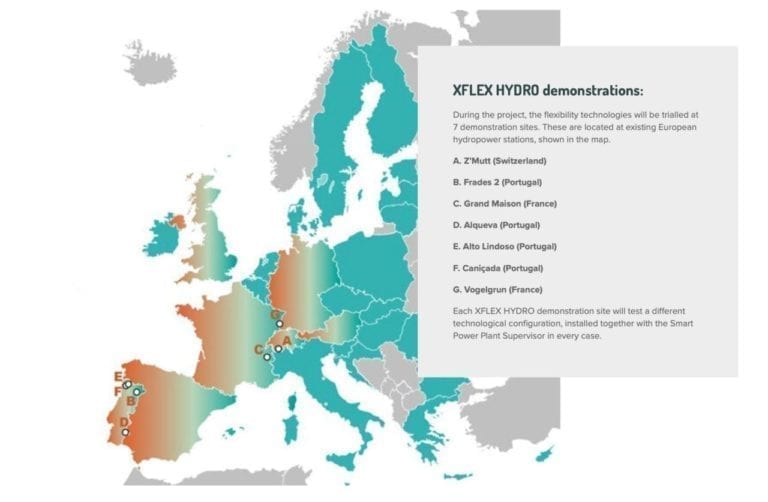 The four-year XFLEX HYDRO (Hydropower Extending Power System Flexibility) project announced at the ongoing United Nations (UN) climate change conference (COP25) in Madrid, Spain, will demonstrate flexibility technologies at seven projects across Europe. Courtesy: XFLEX HYDRO
The four-year XFLEX HYDRO (Hydropower Extending Power System Flexibility) project announced at the ongoing United Nations (UN) climate change conference (COP25) in Madrid, Spain, will demonstrate flexibility technologies at seven projects across Europe. Courtesy: XFLEX HYDRO
Z’Mutt (Switzerland). Spearheaded by Switzerland’s largest energy service provider, Alpiq, this project will demonstrate the high flexibility of a 5-MW variable speed hydro unit when equipped with a full-size frequency converter (FSFC) for advanced control capabilities. Enhanced services will include fast-power injection or absorption in pumping and generating mode, inertia emulation, fast-start and stop sequences, as well as fast transitions in turbine and pumping modes.
Frades 2 (Portugal). At this project, EDP Produção and global technology company Voith—which on Dec. 10 announced it would only purchase carbon-neutral power from 2022 onwards—will extend the power range of the existing 390-MW pumped storage (a 2018 POWER magazine Top Plant) through integration of hydraulic short circuit technology for variable speed machines, and increase the potential of renewable dispatchable technologies. The demonstration will also seek to enhance high-quality flexibility services of the electric power system by implementing inertia emulation and frequency containment reserve, and increase annual energy production by reducing auxiliary equipment power consumption.
Grand Maison (France). EDF and GE Renewable Energy (GE) will pair to demonstrate the simultaneous use of very high head pumps and Pelton turbines at this 154-MW pumped storage plant. They will also work to demonstrate the “corresponding enhancement of flexibility services for the power system, thanks to an innovative system integration of hydraulic short circuit technology.”
Alqueva (Portugal). EDP Centre for New Energy Technologies (EDP CNET) and GE will meanwhile evaluate low capital expenditure (CAPEX) opportunities to extend services offered by this existing 130-MW fixed-speed pumped storage plant and compare them to a conversion to variable speed. Efforts will include extending the operating range to target an almost continuous power output from near-zero to rated power in generating mode. They will also test simultaneous pumping and generating through hydraulic short circuit operation.
Alto Lindoso (Portugal). EDP and GE will also pursue a demonstration that is similar to the Alqueva project in overall objectives—which is to look at CAPEX-lowering opportunities—but apply them to the existing 317-MW high-head, large-output reservoir storage hydropower plant at this site.
